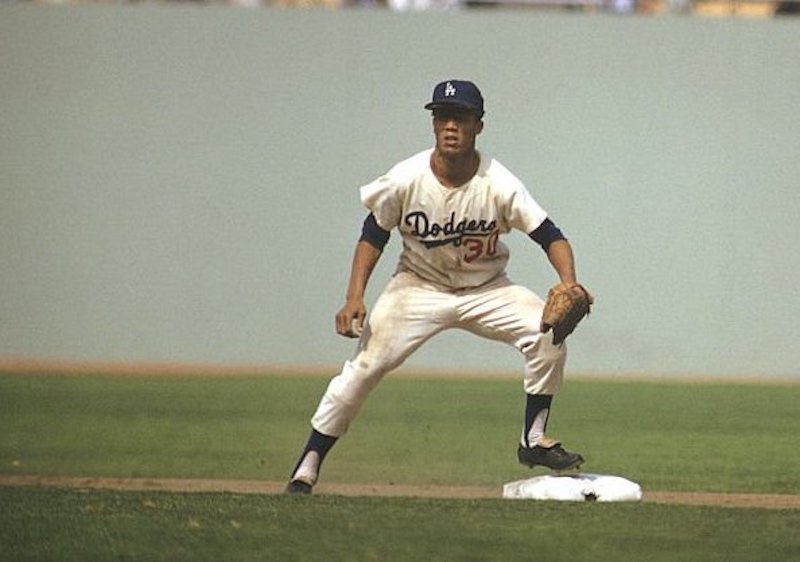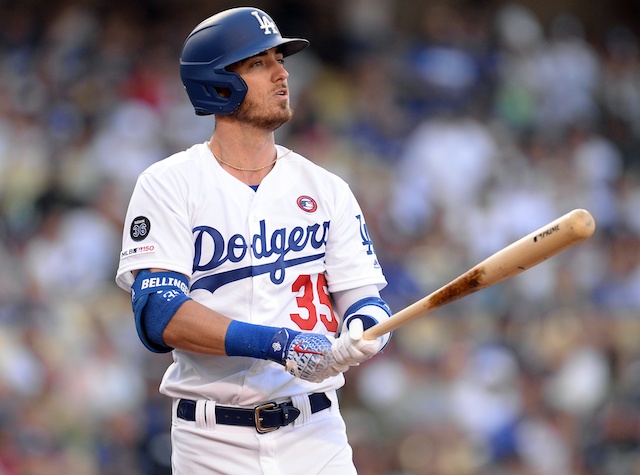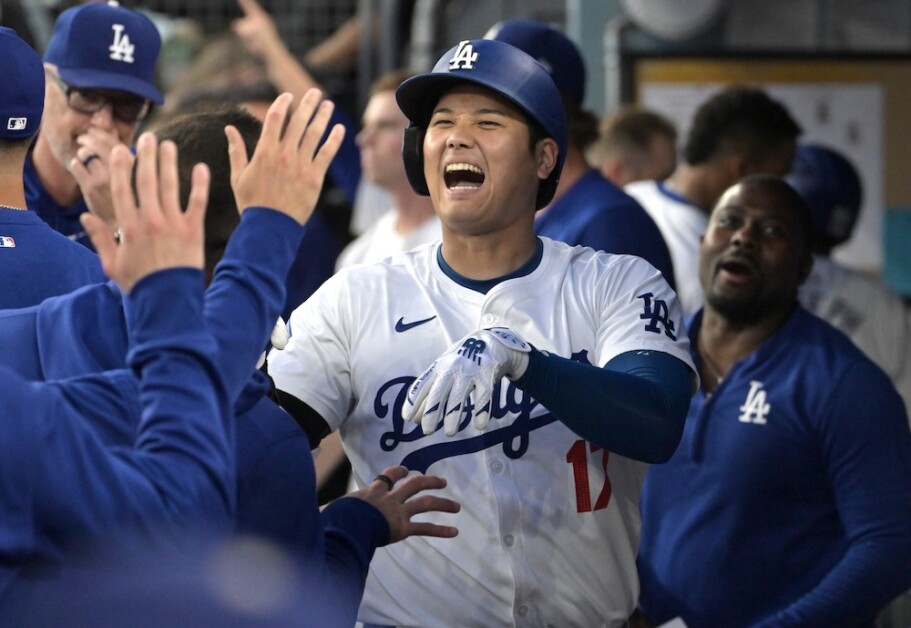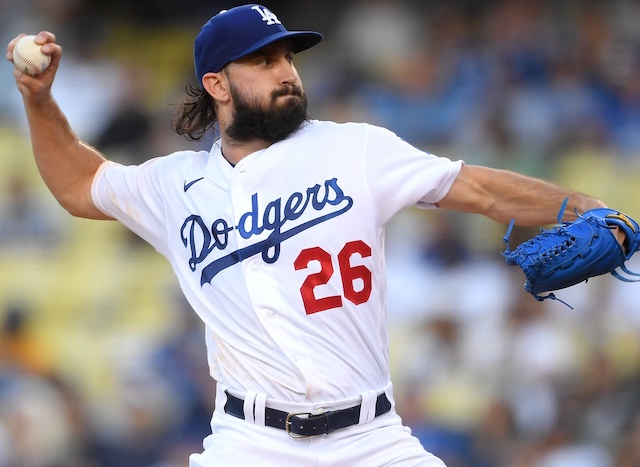The Los Angeles Dodgers twice ran into outs in Tuesday’s loss to the Los Angeles Angels of Anaheim, including to end the game when Cody Bellinger was unable to score from second base on a Kiké Hernandez single to right field.
Bellinger was out by several feet, which earned Dodgers third base coach Dino Ebel more public criticism after he also waved Max Muncy home in the second inning, only for Mike Trout to throw him out.
Along with each recording an assist, Trout and Kole Calhoun both hit a solo home run in the Angels’ 5-4 win. Ebel took responsibility for the loss but stood by his decision to send Muncy and Bellinger home.
Both players, along with Dodgers manager Dave Roberts, supported Ebel. “I think they were very good plays,” Roberts said. “Dino, there’s no one better. It’s easy to look back when a guy does get thrown out, but I trust his instincts.”
Bellinger acknowledged his play at the plate “wasn’t really close,” because of how hard Hernandez lined his single into what was a shallow right field with Calhoun playing in.
The sequence nonetheless led to Bellinger speaking with home-plate umpire Sean Barber, not about whether or not the tag was made in time — it clearly was — but rather his options as a baserunner.
“I asked if the situation was there, if I could run him over or get penalized,” Bellinger explained. “He said in that situation, maybe not because the ball was (up the line). But I was out by so much that it wasn’t necessary, I don’t think.”
MLB overhauled its rules at the plate ahead of the 2014 in effort to reduce the number of injuries that were a result of collisions. Runners were banned from running out of a direct line to home plate in order to initiate contact with the catcher or any player covering.
If he does, the umpire can call the runner out even if the player taking the throw loses possession of the ball.
However, a catcher may not block the pathway of a runner attempting to score unless he has possession of the ball. If the catcher blocks the runner before he has the ball, the umpire may rule the runner safe.
Runners are not required to slide, and catchers in possession of the ball are allowed to block the plate. However, runners who do slide and catchers who provide the runner with a lane will never be found in violation of the rule.
Calls are based on the umpire’s judgment, with considerations to factors such as whether the baserunner made an effort to touch the plate and whether he lowered his shoulder or used his hands, elbows or arms when approaching the catcher.








